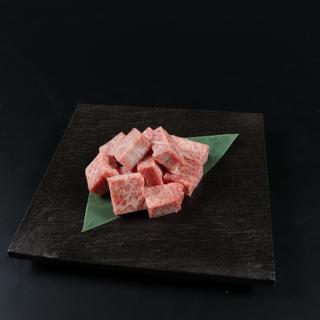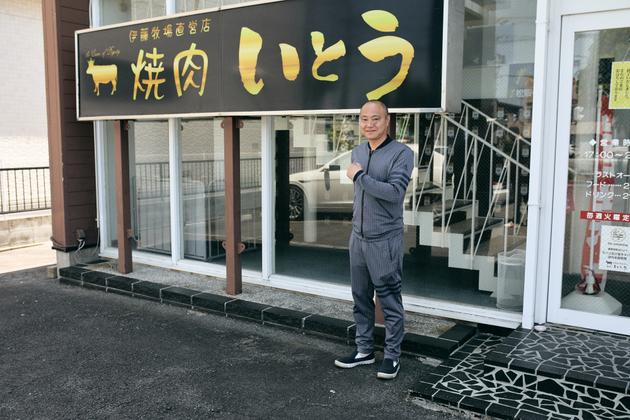


Matsusaka beef is as tender as foie gras and a culinary favorite
Feature'Influential Japanese cuisine' (1/6). Less well known than Kobe wagyu, but even rarer and more expensive, Matsusaka wagyu is making its way to the most refined tables. On the palate, this incomparably marbled meat makes a beefy impression.
When you order beef in a Japanese restaurant, chances are you'll find a piece of meat that's whiter than red under your chopsticks. Wagyu (literally "Japanese beef") is highly marbled with fat, so much so that tasting it is like feeling a piece of butter melt on your tongue. The texture and flavor of this specialty make it one of the world's most prized meats. The most expensive too.
In France, wagyu is making inroads everywhere: in sandwiches (Janet by Homer, Paris); in specialized establishments (Wagyu Restaurant 1129, also in the capital); and in gourmet restaurants, such as Blois-based chef Christophe Hay's citrus rillettes, cep terrine and even Bolognese sauce.
In 2023, the French wagyu breeders's association counted just under 1,000 purebred cattle grazing in France. Wagyu is mainly imported, starting with the best-known of its representatives, Kobe beef, which can be found in France for around €400 a kilo. But, in Japan, it's the herds from another province that are most appreciated, those from the town of Matsusaka, in Mie prefecture, in the center of the archipelago.
'All heifers'
As you drive through the quiet countryside of Matsusaka, scanning the landscape of rice paddies and fallow land, surrounded by hills, you strangely don't spot a cow. Not even a single one as you approach farmer Hiroki Ito's farm. Named Ito Ranch, the place holds a special place in the pantheon of Japanese cattle farms: Founded in 1953 by Hiroki's grandfather, it is now considered by cattle shows and the press as the cradle of Japan's finest cattle. This is confirmed by the heap of trophies and articles adorning the boss's office. "Our competitors do everything they can to copy our methods. Some even spy on us with binoculars to find out what we feed our cows," said Ito.

He took us on a tour of his cowsheds to reveal some of his secrets, starting with the precaution of donning a loose-fitting plastic hooded suit and boots. Near the office, we noticed large buildings topped with corrugated iron: "They house 700 cows, all rated A-5, the best grade we can get," the boss said. "Unlike some of our competitors, we only raise heifers, which are tastier than males, carefully selected from the best sires."
Shower and fan
The closer you get to the barns, the more disturbed you are by the calm of the farm. Inside, we finally saw the cattle: small, massive, uniformly black, Japanese black. But it's still hard to believe you're in a cowshed: not the slightest smell of manure, and no mooing. Each cow is housed alone in a 5-square-meter cubicle, with a gigantic fan in front of it, activated in case of extreme heat. Each cow also has its own drinking trough (fed by rainwater). "Depending on its pedigree, age and condition, each animal will have an appropriate cereal-based diet, the precise formula of which remains a secret," said Ito.
You have 58.56% of this article left to read. The rest is for subscribers only.
